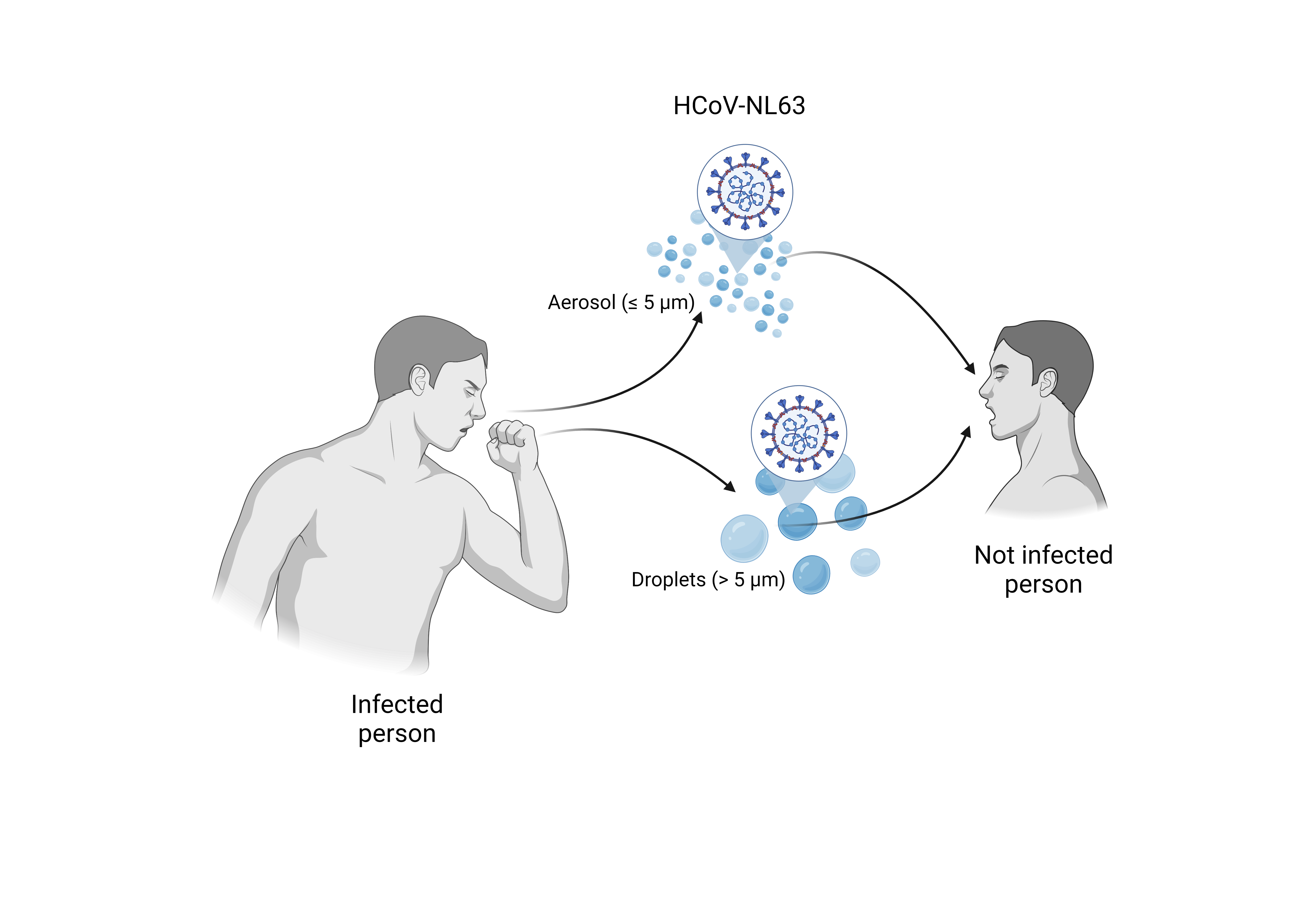
Along with HCoV-229E, -NL63 and -HKU1, HCoV-OC43 is responsible for up to 30% of all common colds in adults; however, more severe forms of these viral infections can lead to upper respiratory tract disease.

Similar to cold and flu viruses, spread through respiratory droplets.
Direct contact with infected individuals or surfaces they have touched.
Can spread in crowded places, close-contact settings, and enclosed spaces.

Unlike other emerging coronaviruses, Seasonal Coronaviruses are not considered novel or newly discovered; they are well-known respiratory viruses with established global distribution.
Seasonal Coronaviruses exhibit a predictable pattern of seasonality, with higher prevalence during the winter months in various regions worldwide.
While they typically cause mild respiratory infections, their global distribution and recurring nature still pose a significant public health burden due to the large number of infections each year.
Continuous monitoring and research are essential to better understand these viruses and develop strategies to mitigate their impact on vulnerable populations during peak seasons.